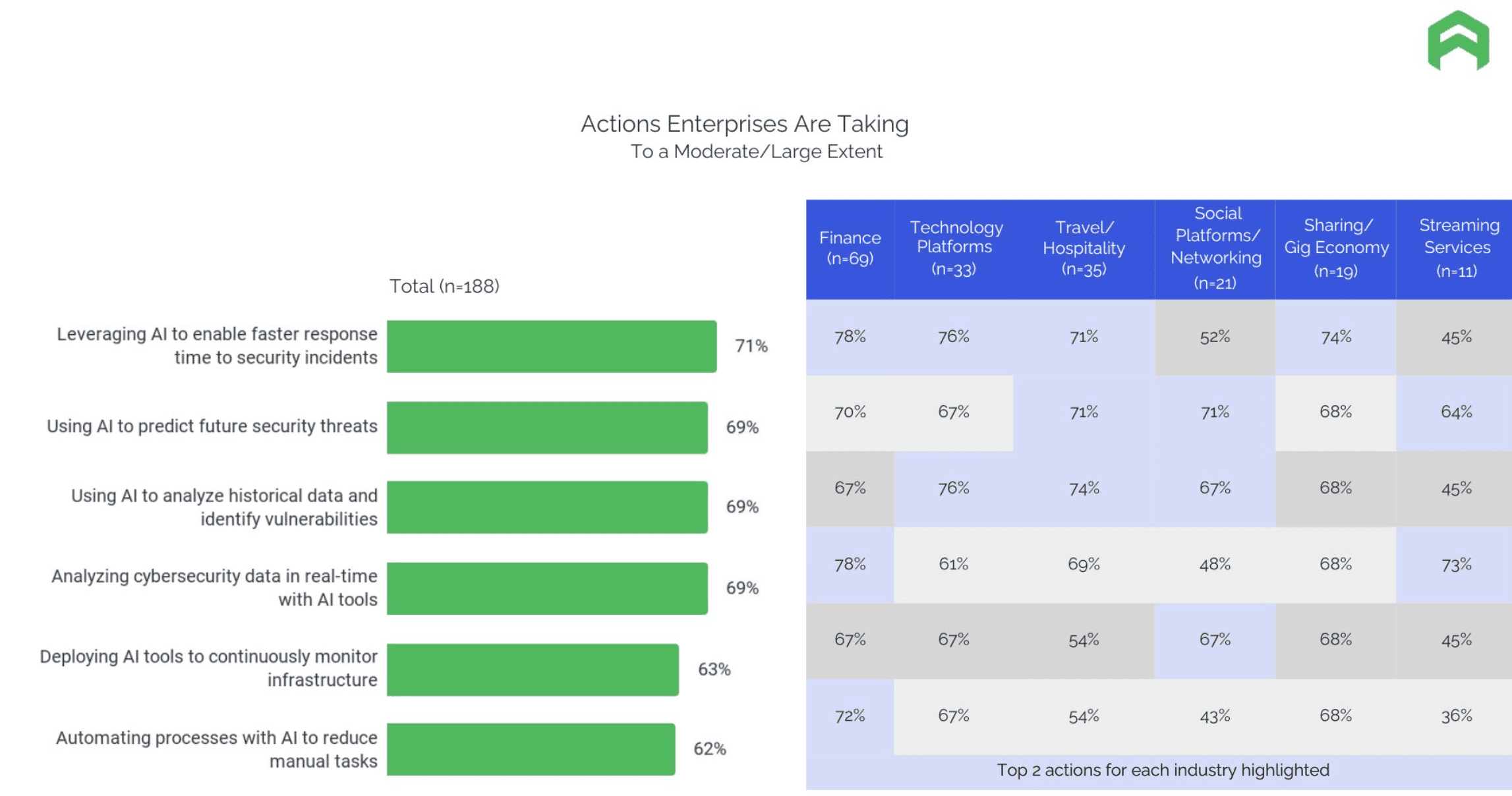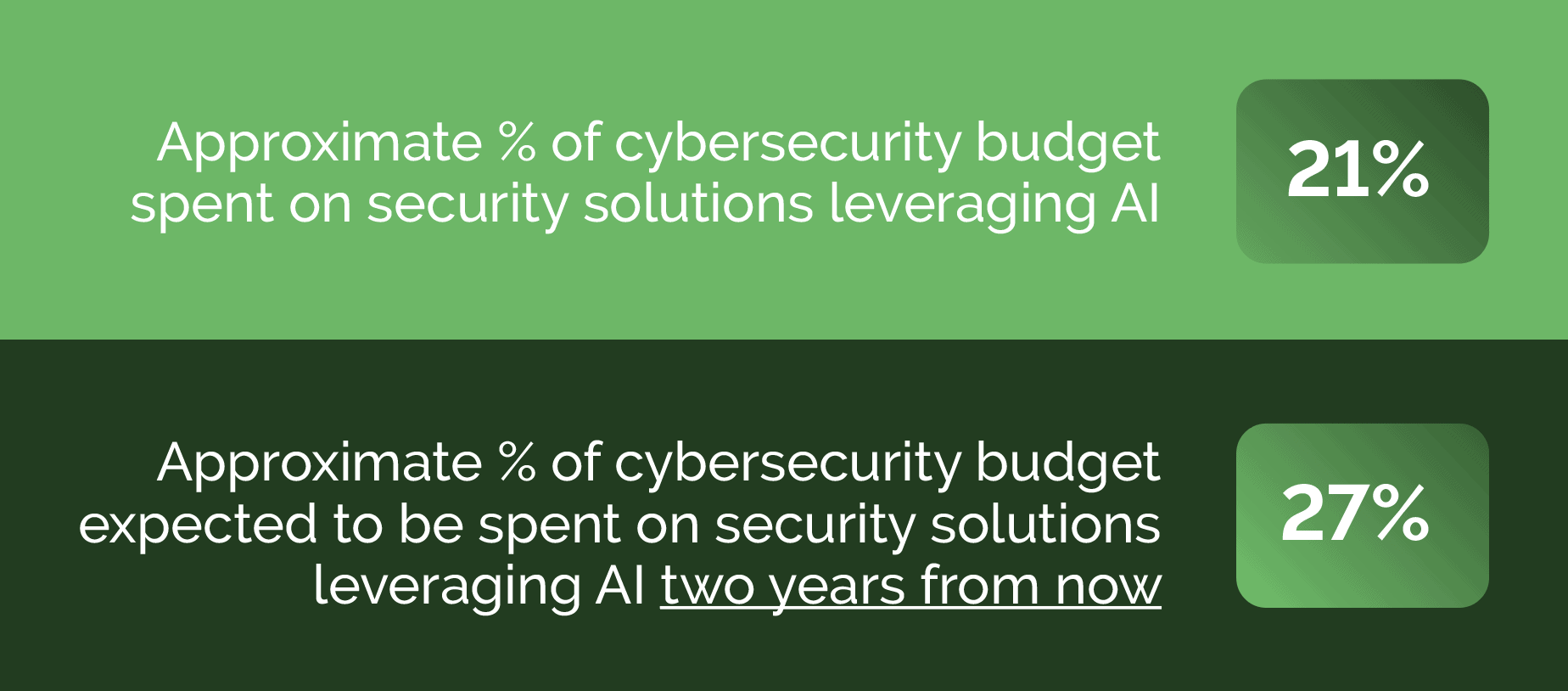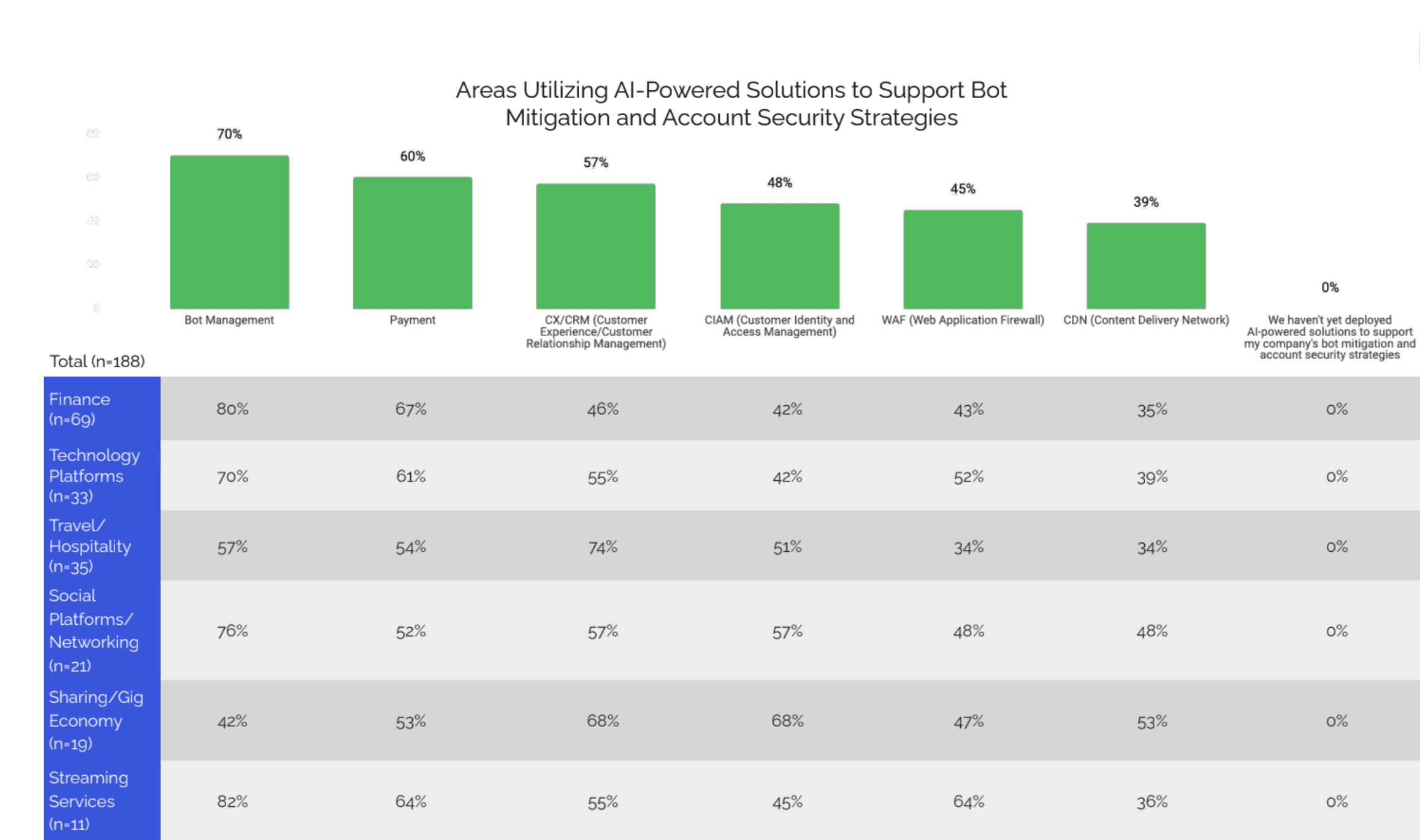Source: securityboulevard.com – Author: Kevin Gosschalk
As a cybersecurity executive, your job is clear: protect business operations, safeguard consumers and ensure the security of your employees. But in today’s rapidly evolving threat landscape, these responsibilities are more challenging than ever. The rise of AI-powered attacks demands that you take decisive, specific actions to not only improve efficiency but also enhance your effectiveness in defending against these sophisticated threats.
This is where AI-powered cybersecurity solutions come in. By integrating AI into your security operations, you can streamline processes, predict potential risks and respond to incidents in real time. The ultimate outcome? Empowering your team to operate with peace of mind and confidence, knowing that you have the tools and strategies to fend off even the most advanced AI-driven attacks.
In this post, we explore how enterprises are adopting AI-driven cybersecurity solutions to tackle these challenges head-on, the tangible benefits they are experiencing, and the future of AI in cybersecurity, as highlighted in our new research: “The Intersection of AI, Digital Fraud, and Cyber Defenses.” With the right actions in place, you can ensure your company outpaces adversarial AI.
6 Actions Enterprises Are Taking to Protect Business Operations
Today, a growing majority of enterprises are integrating AI into their cybersecurity strategies to stay ahead of emerging threats. Our new research uncovered these key actions being taken to a moderate or large extent:
- 71% of enterprises are using AI to enable faster response times to security incidents.
- 69% are leveraging AI to predict future security threats.
- 69% are using AI to analyze historical data and identify vulnerabilities.
- 69% are analyzing cybersecurity data in real time with AI tools.
- 63% are deploying AI tools to continuously monitor infrastructure.
- 62% are automating processes with AI to reduce manual tasks.
These actions are becoming foundational to enterprises’ cybersecurity operations, enabling them to handle the increasing velocity and complexity of cyber threats. AI is not just a tool for efficiency—it is a critical enabler of proactive threat management.
For instance, in the airline industry, AI is instrumental in identifying vulnerabilities and predicting potential threats, a crucial capability given the high stakes involved. With razor-thin margins and substantial customer loyalty at risk, airlines have reported losses of up to $500 million from attacks such as account takeovers and loyalty point theft. By using AI to analyze historical data to identify vulnerabilities, predict future threats and automate processes to reduce manual tasks, among other actions, airlines are able to enhance their defenses and preemptively manage these risks before they escalate into significant financial damage. AI is helping businesses of all sizes become more resilient and responsive to today’s increasingly sophisticated cyberattacks.

Defensive AI’s Impact: The Benefits Are Already Clear
The benefits of AI in cybersecurity are already materializing, with enterprises across various industries reporting significant improvements in their security operations. Our research found:
- 49% of banks and fintechs credit AI for improving their threat intelligence.
- 43% of airlines report significant cost reductions thanks to AI in their security operations.
- 50% of hotels have seen similar cost reductions through AI-powered solutions.
- 73% of streaming services say AI-powered solutions are strengthening their defenses against AI-driven bot attacks.
These statistics highlight the tangible, real-world impact that AI is having on enterprises’ cybersecurity strategies, particularly as cybercriminals increasingly deploy AI-powered attacks.
AI-Powered Solutions to Make Up 27% of Budgets by 2026
As AI continues to prove its worth, it’s clear that its role in cybersecurity will only increase. The adoption of AI-driven solutions in cybersecurity budgets is set to grow, with 21% of budgets currently allocated to AI solutions—expected to rise to 27% by 2026. This shift reflects the growing confidence that AI will not only help businesses react to attacks but will also enable them to anticipate and preempt them.

The future benefits of AI in cybersecurity are clear: 46% of enterprises expect AI to reduce overall security costs in the next two years, and 45% are looking to use AI to combat human fraud farms—those manual, low-and-slow fraud operations that can be just as dangerous as AI-driven threats. As AI matures, it will become even more adept at addressing the nuances of various attack types, from fraud farms to sophisticated generative AI-driven threats.
AI’s Integration into Bot Mitigation and Account Security
AI’s role in bot management, payment security and customer experience management is central to the fight against fraud. Nearly 70% of enterprises are using AI for bot management, and for financial services, social media platforms and tech companies, AI is invaluable in safeguarding sensitive data and preventing fraud. As AI continues to evolve, so too will its ability to handle new, increasingly sophisticated attack vectors, like deepfakes and GPT prompt compromises.

AI Investment and the Road to Maturity
Despite the clear benefits, achieving full AI maturity remains a challenge for many enterprises. Budgeting for AI is increasing, but there are still hurdles in integrating AI into existing systems and overcoming regulatory constraints. For example, 45% of banking respondents indicated restrictions on AI use due to stringent governance requirements. However, these challenges only highlight the importance of investing in AI solutions that can keep pace with adversaries who are already two steps ahead.
The Bottom Line: Harnessing AI to Defend Against Adversarial AI
As AI-powered cyberattacks continue to evolve, enterprises must adapt to stay one step ahead. Leveraging AI in cybersecurity is no longer just an option—it’s a necessity. Enterprises that embrace AI-driven solutions now will not only strengthen their defenses but will also future-proof their cybersecurity strategies for years to come.
Stress can be a major efficiency killer in the face of rapidly evolving threats. Attempting to manage cybersecurity without the right tools only adds pressure, reducing your team’s effectiveness and increasing vulnerability. By integrating AI, you alleviate that stress, empowering your team to focus on more strategic tasks while AI handles the complex threats in real time.
In this environment, it’s crucial to work with third-party vendors who bring deep AI expertise and proven, battle-tested solutions. These vendors can help you quickly adopt cutting-edge AI capabilities, ensuring that your defenses are always ahead of the curve. Partnering with experienced vendors means leveraging their domain expertise and technology to integrate AI seamlessly into your operations, without the need to build complex solutions in-house. This approach ensures you stay agile and ready for any new challenge that comes your way.
Take Action: Secure Your Future Today
As a cybersecurity executive, it’s imperative to act now to integrate AI into your defense strategy. Here are a few key actions to consider:
- Assess where you’re focused relative to your peers. Are you prioritizing AI adoption for threat detection and bot mitigation, like 71% of enterprises are already doing? Benchmarking your AI initiatives against industry standards will provide valuable insights into areas for improvement and ensure that your organization remains competitive. This will help you understand how well your current cybersecurity strategy is positioning you in relation to your competitors.
- Evaluate how your spend level compares to the broader market. As AI investment continues to grow, it’s essential to align your budget with this industry shift. Are you investing enough in AI to stay ahead of increasingly sophisticated threats? Enterprises that allocate more budget toward AI are seeing tangible benefits, including improved threat intelligence, reduced security costs and stronger defenses. If your spend doesn’t match the scale of AI adoption seen in the industry, it’s time to reassess.
- Take a hard look at what you’re doing in terms of bot management. Are your defenses evolving as rapidly as the threats they aim to stop? Relying on outdated measures like simple CAPTCHAs or rate limiting may not be enough to deter advanced AI-powered bots capable of mimicking human behavior. Companies that are succeeding in fighting adversarial AI are increasingly implementing AI-driven threat detection systems, machine learning algorithms and behavioral analytics to detect and mitigate bot activities in real time. Ensuring your approach is robust and adaptable is critical to effectively combating these sophisticated threats.
Don’t wait for your competitors to get ahead—invest in AI-driven solutions to stay secure, agile and resilient against the AI-powered threats of tomorrow. The future of cybersecurity is here, and it’s powered by AI. I invite you to get a demo to explore how our AI-driven solution can enhance your defenses.
*** This is a Security Bloggers Network syndicated blog from Arkose Labs authored by Kevin Gosschalk. Read the original post at: https://www.arkoselabs.com/blog/ai-powered-actions-cybersecurity-leaders
Original Post URL: https://securityboulevard.com/2024/12/ai-powered-actions-cybersecurity-leaders-are-taking-to-outwit-bad-actors/
Category & Tags: Security Bloggers Network,account security,AI,bot detection – Security Bloggers Network,account security,AI,bot detection
Views: 2



















































